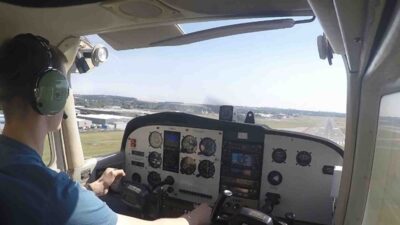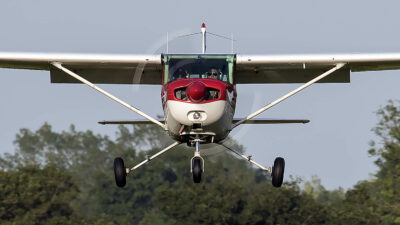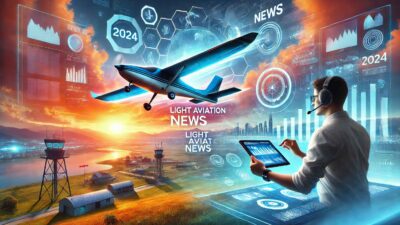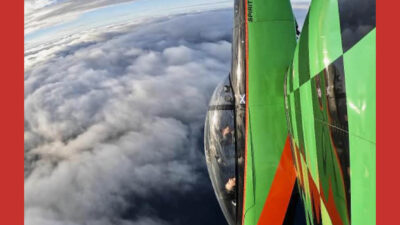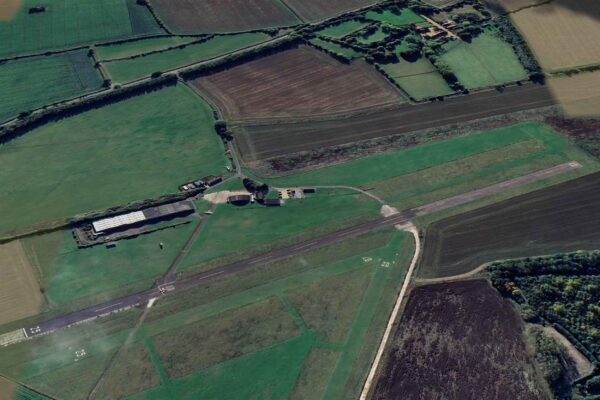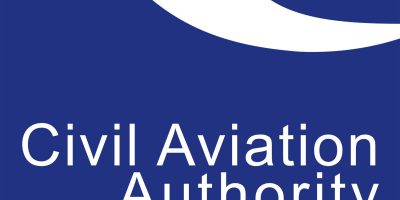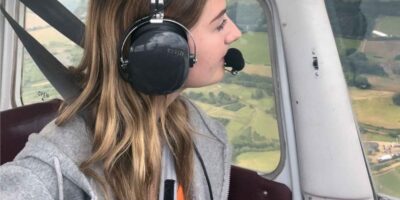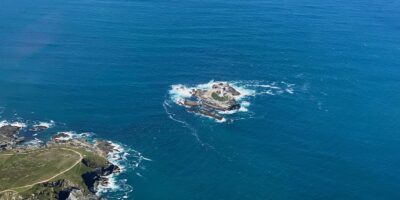If you’re planning to build a supersonic airliner, what do you do first? Make a one-third scale two-seater to demonstrate the technology… of course you do.
Boom Technology, the company behind the idea of a new Concorde supersonic passenger airliner, yesterday unveiled the XB-1 aircraft and nicknamed it ‘Baby Boom’.
“60 years after the dawn of the jet age, we’re still flying at 1960s speeds,” said Blake Scholl, chief executive officer and founder of Boom. “Concorde’s designers didn’t have the technology for affordable supersonic travel, but now we do. Today, we’re proud to unveil our first aircraft as we look forward to first flight late next year.”
Denver-based Boom is planning the XB-1’s first flight for late 2017. Subsonic flight tests will take place near Denver while they’ll go to Edwards Air Force in southern California for supersonic test flights, working with Virgin Galactic’s The Spaceship Company.
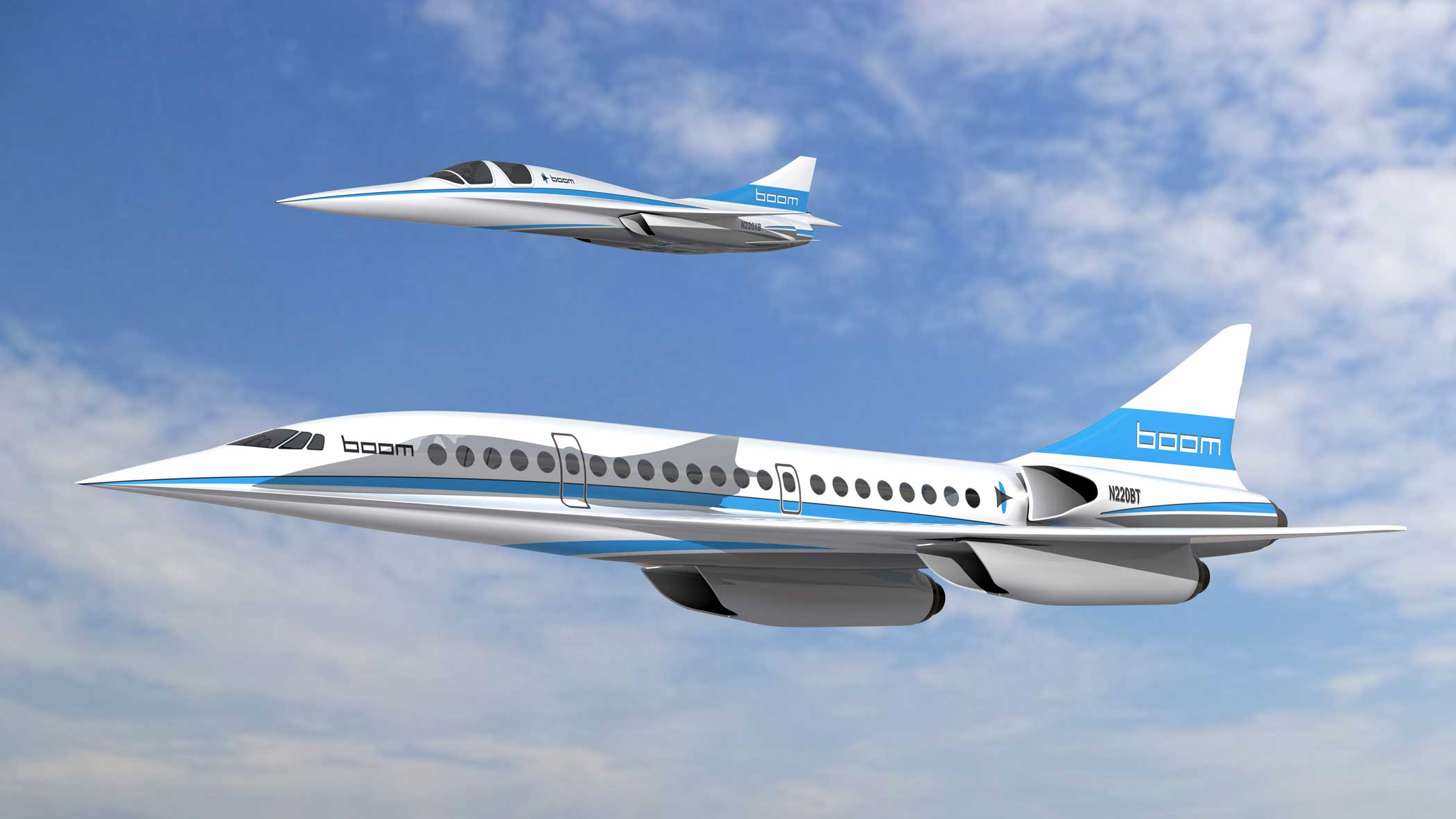
Boom’s supersonic XB-1 demonstrator and the airliner.
“I have long been passionate about aerospace innovation and the development of high-speed commercial flights,” said Richard Branson, Virgin boss. “Virgin Galactic’s decision to work with Boom was an easy one.
“We’re excited to have an option on Boom’s first ten airframes. Through Virgin Galactic’s manufacturing arm, The Spaceship Company, we will provide engineering and manufacturing services, along with flight test support and operations as part of our shared ambitions.”
The XB-1 supersonic demonstrator has General Electric engines, Honeywell avionics, with carbon fibre composite structures fabricated by Blue Force. Final assembly is taking place in Boom’s facility at Centennial Airport, Denver.
XB-1 Spec
Crew Two (pilot + optional flight test engineer or passenger)
Length 68ft
Wingspan 17ft
Maximum Takeoff Weight 13,500lb
Powerplant 3 x General Electric J85-21, non-afterburning; proprietary variable-geometry intake and exhaust
Aerodynamics Chine, refined delta wing with swept trailing edge
Cruise speed Mach 2.2
Range 1,000nm
LINK
Boom Technology




